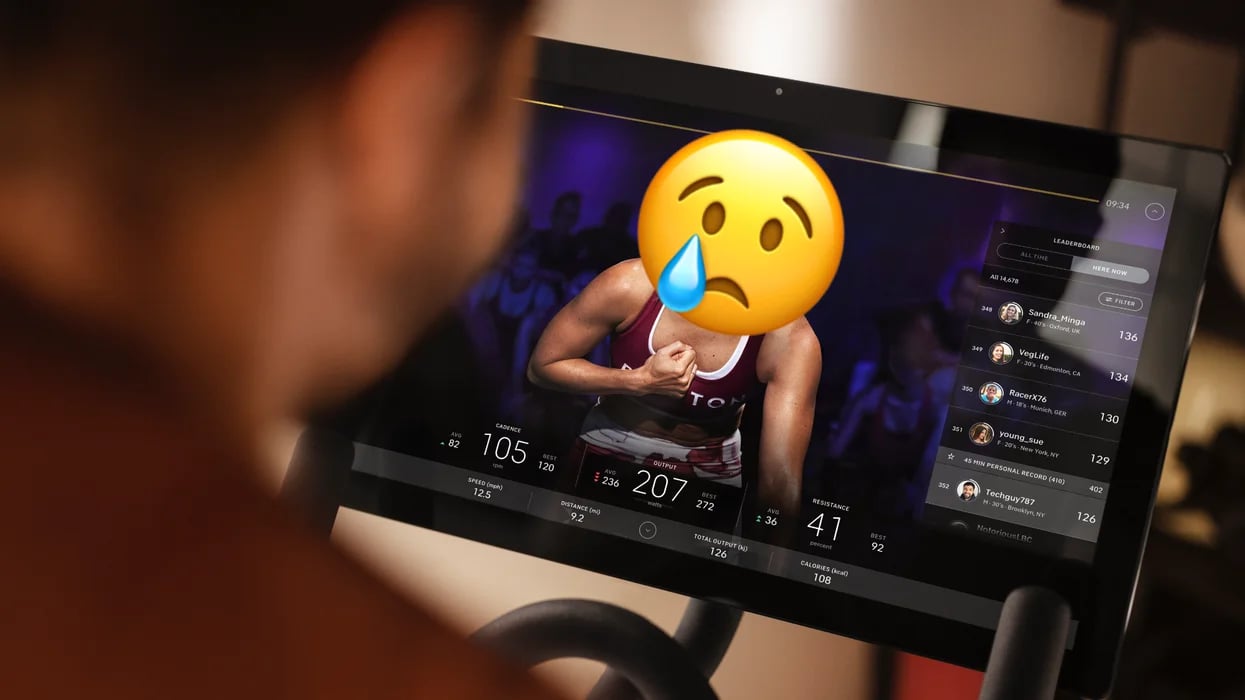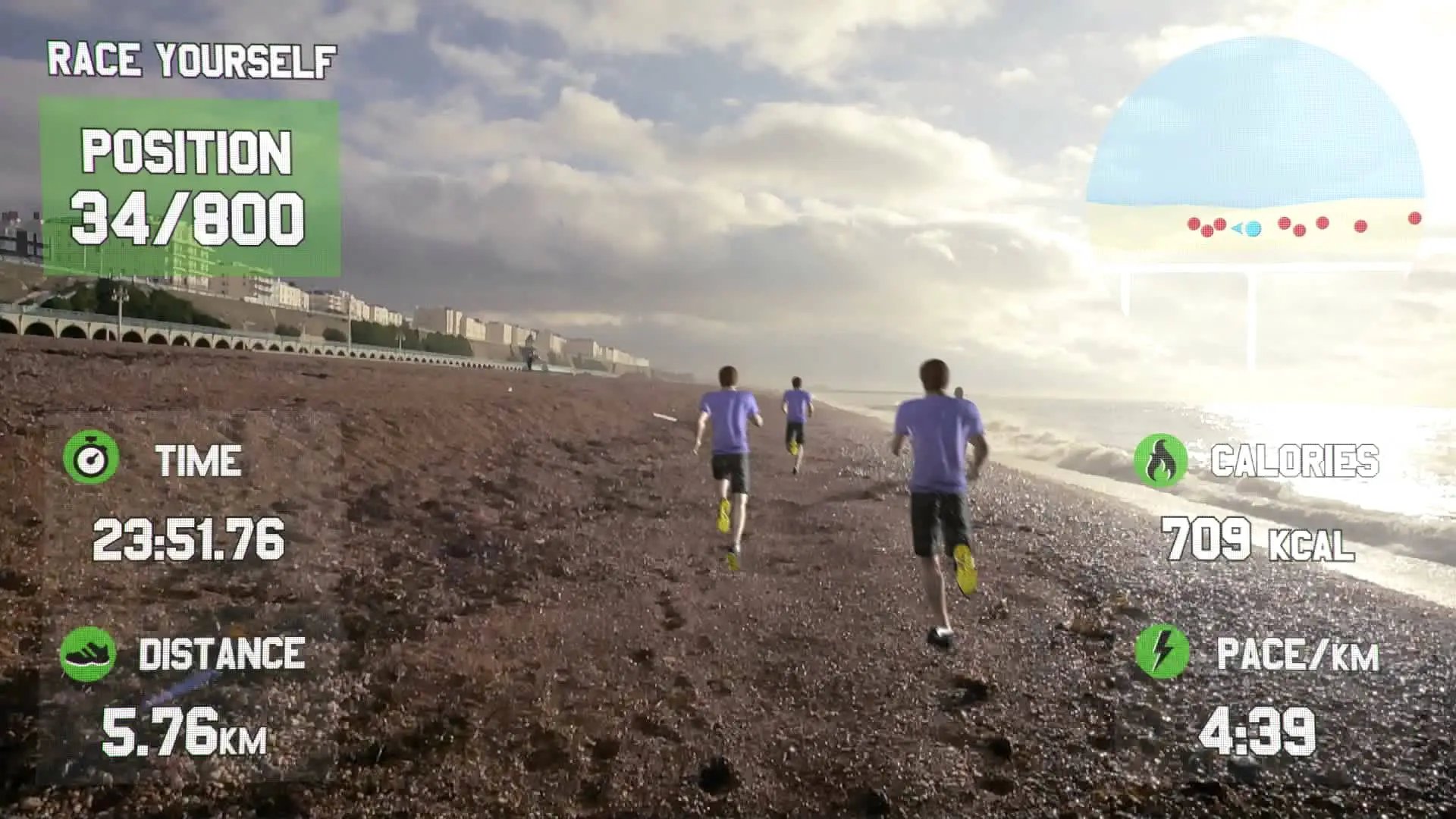So what does this massive implosion at Peloton actually mean for the connected fitness industry and the fitness equipment industry in general?
For anybody who's been totally under a rock, Peloton led the charge for a number of companies into the world of content-based fitness, with iFit, hydro, tonal, and a dozen other brands right behind them.
But somehow these companies who tried to see the future didn't understand that a pandemic was a huge boon to them, but would boomerang at the end as the world reopened.
In the last few days, John Foley and another founder have been completely forced out of the company, and that company posted a 1.2 billion dollar lost last quarter, borrowed 3/4 of a billion dollars right before that, and has over a billion dollars of inventory in house. Their stock price peaked out at $160 a share, and has been living under $10 a share recently.

But what does this mean for the fitness equipment industry? What does it mean for this industry that has always been technology-phobic and so resistant to actual change?
The first thing one has to understand is that while there have been layoffs and declining revenues and sales at many of the connected fitness brands, Peloton and it's woes have more to do with massive blunders at their own company more than any problem with content-based fitness. One reading through their Better Business Bureau reviews makes it clear that there was almost no thought given to the customer service infrastructure, only to increasing the sales network. And that's always a mistake. Eventually, that bites any company in the rear-quarters.
So while there's definitely a move towards gyms reopening and public workout spaces rebounding, especially studios, this doesn't mean that home fitness will reduce back to the level it was pre-pandemic. We're certainly seeing in general increased interest in the home gym as well as seeing public spaces reopening and reassessing their strategies.
And technology and the idea of content-based fitness that leads people through workouts, that creates community, that creates a fitness experience and remove stagnation is here to stay.
.jpeg?width=299&name=download%20(45).jpeg)
So while there's definitely a move towards gyms reopening and public workout spaces rebounding, especially studios, this doesn't mean that home fitness will reduce back to the level it was pre-pandemic. We're certainly seeing in general increased interest in the home gym as well as seeing public spaces reopening and reassessing their strategies.
And technology and the idea of content-based fitness that leads people through workouts, that creates community, that creates a fitness experience and remove stagnation is here to stay.
.jpeg?width=299&name=download%20(45).jpeg)
What the implosion of Peloton shows to me, who has been in this industry for decades in all phases, is that the era of the first generation of content fitness is over. We are going to see content and connectedness matter, but the quality of the experience and the quality of the product, as well as customer service and biomechanics and effectiveness is also going to be part of the equation again. (Because it really wasn't for a while).
It's not merely that people needed to work out at home because, it's the people were willing to purchase things untried online because they weren't shopping in public anymore, and they were willing to accept totally substandard service and durability. And that's not going to go on anymore. In other words, working out changed due to pandemic, but so did purchasing behaviors.
However, at a deeper, nerdier fitness equipment geek level, we also saw a lot of the larger, standard, brands that people think of as high-quality get totally exposed during pandemic. Brands like Precor and Lifefitness we're already showing issues of trying to get bought and lack of R&D and layoffs, but since they had jumped all in to the club business and had totally neglected the at-home business, when the pandemic hit they were totally unprepared. Precor was bought for 420 million dollars by Peloton, and the decline at Peloton obviously puts Precor in freefall.
The pandemic also allowed a number of truly craptastic D2C import companies to start selling online. I can't go a day without somebody asking me about some no-name brand that they found on the internet. It sure looks good in the pictures but to my experienced eye, it is obviously one of the many low-end Chinese factories working with some importer. I'd say about a 10th of our service calls are people who fell victim to these scams where they bought some online, all-in-one Cage and cable setup from a fly-by night-import company that doesn't even make the equipment, and can't get service or parts.
So what's the lesson here, or lessons?
The first lesson is simple.
Peloton and its problems are derived from mistakes they made as a company, not as much indicative of issues within the fitness equipment industry.
Second lesson is also very simple, if less obvious. Pandemic times didn't just change how we worked out, it changed how we shopped and what we could accept. The ubiquitous D2C-Only strategy is obviously failing, and purchasers want customer service and expertise again. And they want to try equipment and to feel comfortable with the customer experience they are going to get.
The third lesson is that really having good content and a good marketing budget isn't enough anymore. You have to have customer service, a quality level to your product, and I'm also expecting to see the long-lost idea of biomechanics resurfacing. I've always told manufacturers at clients are more interested in how long their knees last than and how long the treadmill last or what the programming is. You can prove your product is better for people's bodies and less likely to cause harm, that's more important than a perky instructor.
And your bonus thought...Keep your eyes on how AR and AI interact with the next generation of content-fitness platforms.

And your bonus thought...Keep your eyes on how AR and AI interact with the next generation of content-fitness platforms.





COMMENTS